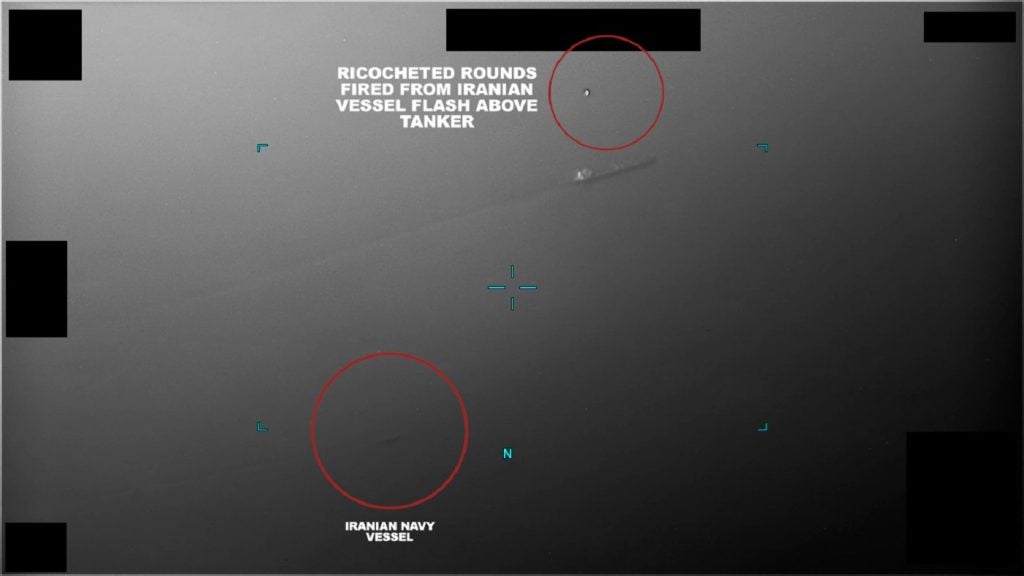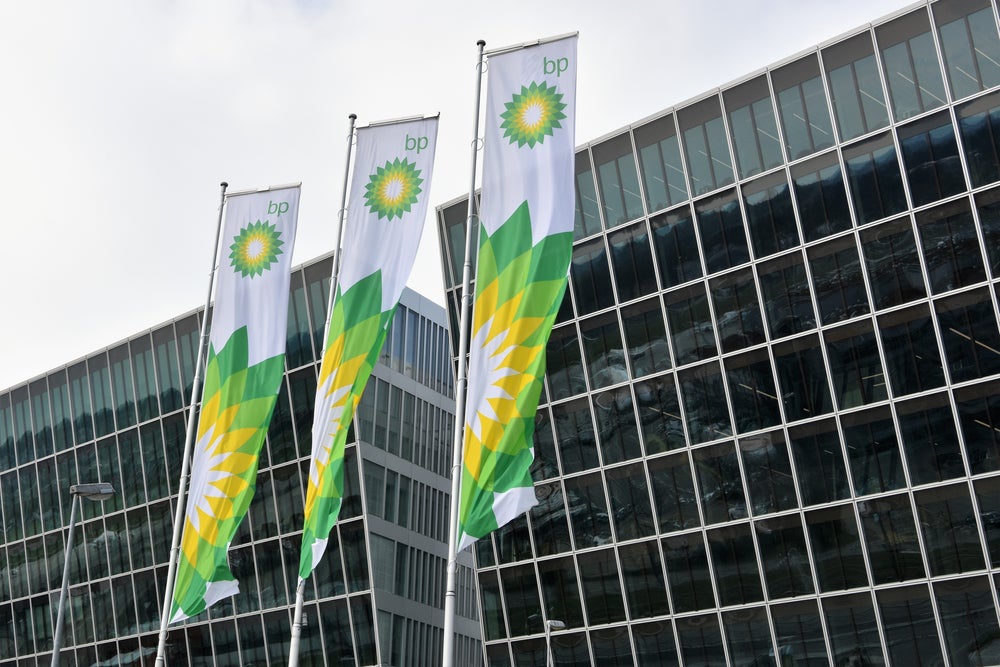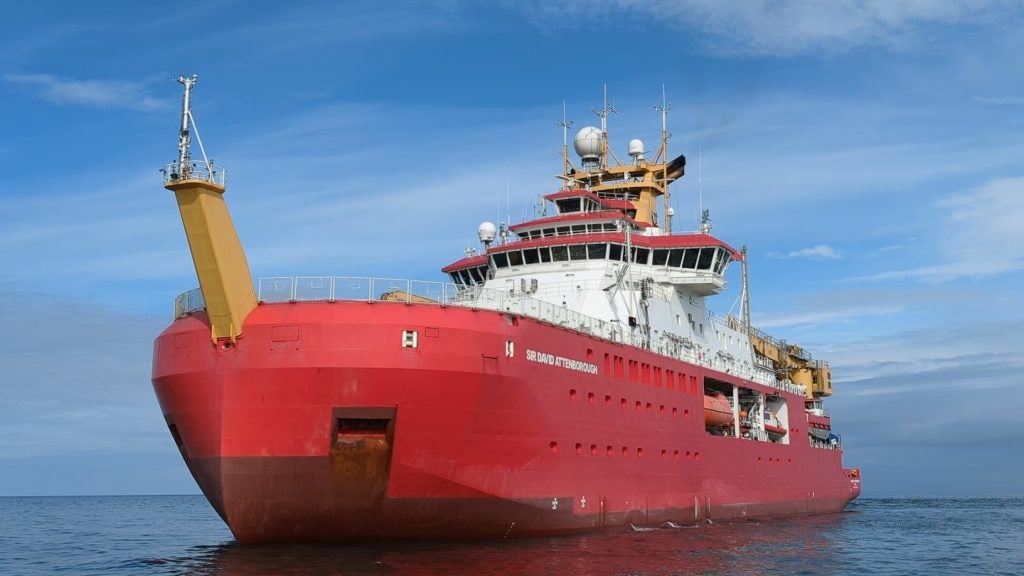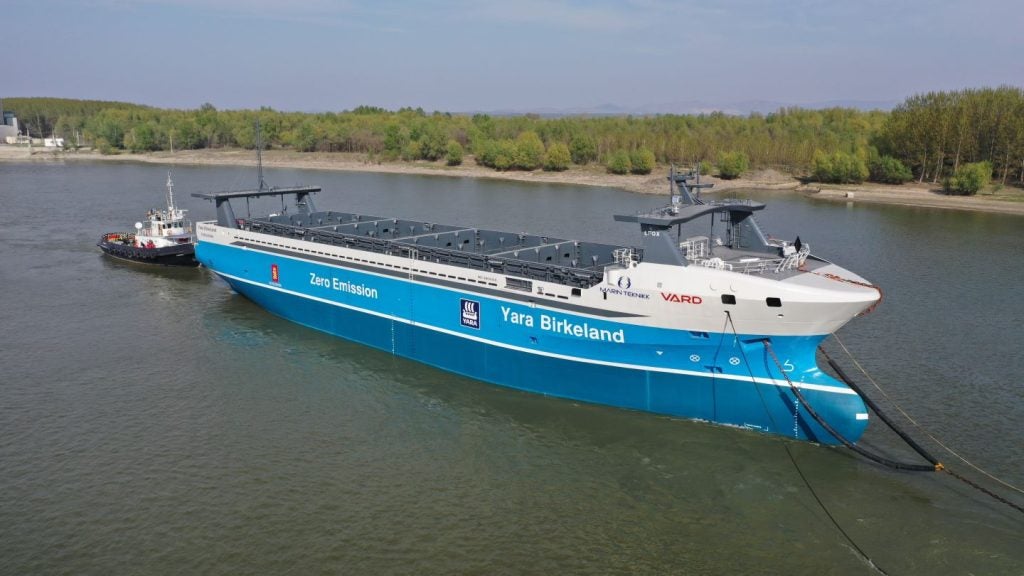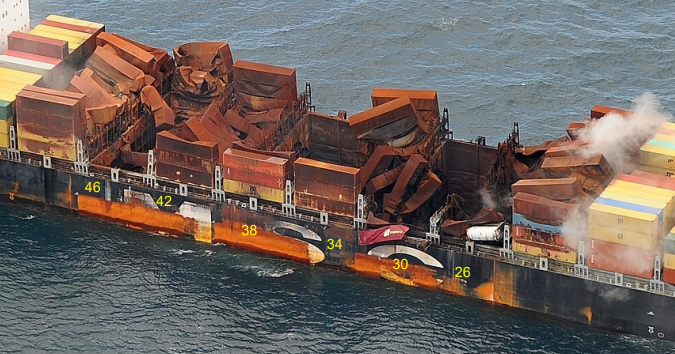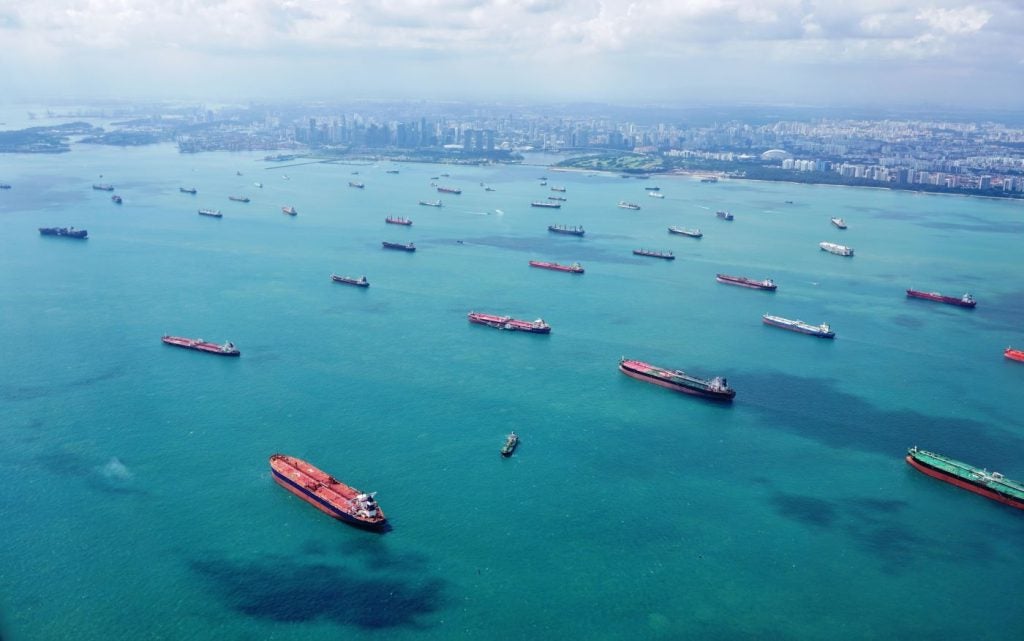As tensions continue escalating between the United States and Iran in the Gulf of Oman, a timeline of the US-Iran naval conflict is forming, showing key incidents and responses shaping the ongoing tensions.
In the most recent incident, the US naval forces successfully prevented two attempted seizures by the Iranian Navy in the Gulf of Oman. These incidents in international waters involved Iranian vessels opening fire on commercial tankers.
Iranian Navy's attempted seizures thwarted by US Forces
In the early hours of the day, an Iranian naval vessel approached the Marshall Islands-flagged oil tanker TRF Moss within the Gulf of Oman's international waters. However, the Iranian boat departed when the US Navy guided-missile destroyer USS McFaul (DDG 74) arrived at the scene.
Additionally, the US Navy deployed surveillance assets, including MQ-9 Reaper and P-8 Poseidon maritime patrol aircraft.
Approximately three hours later, the US Navy received a second distress call, this time from the Bahamian-flagged commercial oil tanker Richmond Voyager, which was transiting international waters towards the Arabian Sea, more than 20 miles off the coast of Muscat, Oman. Another Iranian naval vessel closed in on the Richmond Voyager, hailing the commercial tanker to stop.
USS McFaul, directed by the distress call, raced toward the Richmond Voyager while the merchant tanker continued its transit. Before the US Navy arrived, Iranian personnel fired multiple long bursts from small arms and crew-served weapons.
Fortunately, the Richmond Voyager sustained no casualties or significant damage, although several rounds hit the ship's hull near crew living spaces. The Iranian naval vessel departed when USS McFaul arrived on the scene.
Increased US presence in the Strait of Hormuz
In response to the uptick in Iranian merchant vessel seizures, the United States augmented the rotation of ships and aircraft patrolling the Strait of Hormuz in May.
This increased force presence aims to support multinational efforts, including the International Maritime Security Construct and bilateral partnerships with other nations to deter threats to commercial shipping and reassure regional mariners.
Escalating threats to maritime security - Iran's actions pose risks to the global economy
Since 2021, Iran has engaged in a series of actions, including harassment, attacks, or seizures of nearly 20 internationally flagged merchant vessels. These actions clearly threaten regional maritime security and have broader implications for the global economy.
James Marques, aerospace, defence, and security analyst at GlobalData, commented: "Iran has always had a strong position to threaten trade through the Strait of Hormuz, which would massively affect the global oil trade.
"However, this is a tool they use as leverage to gain attention or diplomatic weight, but they can only push things so far before there would be serious consequences. I don't think ultimately they'd like a full-blown shooting war with the US and its allies."
As tensions persist between the United States and Iran in the Gulf of Oman, the international community remains vigilant and committed to maintaining peace and stability while safeguarding vital maritime trade routes.
Iran is supplying Russia with weapons, including loitering munitions, which are used in Ukraine. The US, the UK, and the EU have all sanctioned Iran or firms linked to the weapons supplied by Iran, marking a new conflict point in Iranian/US relations, according to GlobalData's "US Defence Market 2022-2027" report.
The timeline of tensions in the US-Iran naval conflict in the Gulf of Oman sheds light on the escalating tensions between the two nations. From attempted seizures thwarted by US forces to the increased presence of naval patrols, each event contributes to the complex dynamics of the ongoing conflict.
As the situation evolves, monitoring these developments becomes crucial for understanding the broader implications and potential consequences of the US-Iran naval conflict in the Gulf of Oman.


